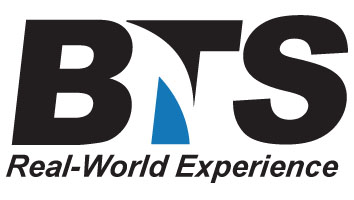| Hands-On Cisco IP Phone Provisioning, Adds, Moves, Changes, Features, Apps & Troubleshooting (CUCM, CME or IOS) |
 |
| Hands-On Cisco IP Phone Provisioning, Adds, Moves, Changes, Features, Apps & Troubleshooting (CUCM, CME or IOS) |
 |
Module 1 : Cisco IP Phone Networks
- Typical Network Topology
- Publication & Subscriber Server Topology
- CME Router Topology
- PoE vs. Inline Adapters
- Unity Voice Mail, Unified Presence, Jabber
- DNS, DHCP, TFTP, NTP
- Trunking - SIP, H.323, H.225
Module 2 : Using CUCM and/or CME
- Command Line Access
- Graphical User Interface (GUI) Access
- Virtual Machines
vSphere EXSI
VMWare
- Publication/Subscriber and/or CME Router
- NTP Server
- CODEC Profiles
- Time & Date, Region, Location
- Call Routing Overview
- Voice Productivity Features
Features: Pickup, Park, Transfer, Forward, Music on Hold, etc.
Directories, LDAP
Unified Communications (Voicemail)
SNR/Mobility Features
Unified Presence
Cisco Configuration Professional (CCP) (optional)
Other Features of Interest (per student request)
- Device License Units (DLU)
Module 3 : Provisioning Ephones
- CUCM - Unified CM Administration
Create a User
Create a Phone (SIP, SCCP)
Button Templates
Show CDP Neighbors, MAC lookup
Add a Directory Number
Adding Features
Configuration File & TFTP
- CME - Call Manager Express (Optional)
Differences between CUCM & CME
Sample Provisioning
- CLI (versus GUIs)
NTP Server
Telephony-Service command
Adding Ephones
Adding Ephone-DN
Assigning MAC Address
Adding/Deleting Features
- Bulk Administration Tool (BAT)
- Examples
Module 4 : Phones
- 7900 Series (i.e. 7945)
- 8800 Series (i.e. 8845)
- Customer Provided ephone models
- Feature Sets per model (i.e. voice, video, etc.)
- SIP vs. SCCP, compatibility issues
- CODEC support
- Peripherals
Expansion Modules
Speakers, Cameras
Headsets
- Sample Installation
Switchport Connections
Power
Accessory & Expansion Module connections
Setup Menu - typical settings
Boot-up
- Feature Testing
Making a Call
Fixed Feature Keys
Soft Keys
Call Pickup, Call Transfer, Call Forwarding, etc.
- Changing Features
- Changing & Moving Phones
- Cisco Jabber™
What Does It Do?
Installation & Use
Module 5 : Troubleshooting
- Common Faults
Phone Registration Issues (DNS, TFTP, Switchports)
No Power
Cable Verification
Phone Software & Setting Menu
show & debug commands
- Cisco Unified Reporting - System Reports, CDR, CAR
- Cisco Real-Time Monitoring Tool (RTMT)
- Locating & Reading System Logs
- Disaster Recover System (DRS)
Backup & Restore
- Cisco Unified OS Administration
OS Settings
- Dialed Number Analyzer (DNA)
- Other topics of interest to students